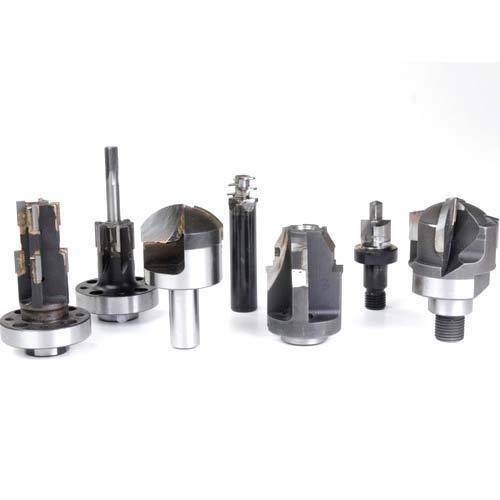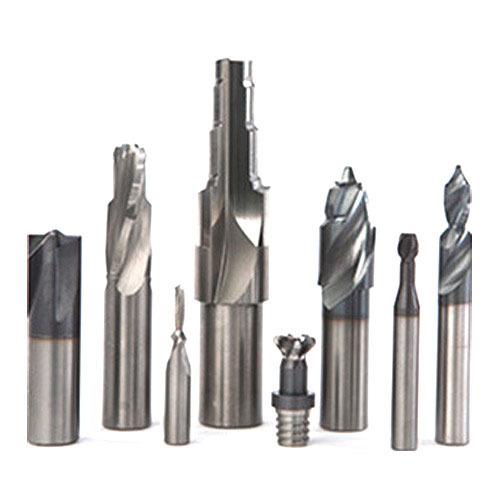Die Casting vs Forming Tools Process: Pros & Cons
2021-09-12Injection molding and vacuum forming tools are two very popular processes for making plastic parts. This article explains the capabilities of both processes and provides general guidance on the types of products for which a particular process is most appropriate. First, a quick overview of how the processes work:
What is injection molding?
Injection molding is a method of making plastic parts by melting plastic and injecting it into a molding tool.
What is vacuum forming tools?
Vacuum forming tools is a method of forming plastic parts by stretching a heated sheet of plastic over a vacuum forming tool. Technological capabilities
Technological capabilities
Injection molding produces parts with incredible detail, while micro-sized parts can still have ribs, projections, metal inserts, side rods, threads, holes, and more. Since the plastic is injected into the inside of the mold, the product can have almost any shape.
Results depend on the correct design and manufacture of the tool that forms the part, the correct choice of material, and the correct use of the injection molding machine.
Shaping of the forming tools
Vacuum forming is not as versatile as injection molding. Shaping comes in one direction only, limiting the shape of the part. However, vacuum forming tools allows for much thinner product walls. When a vacuum is generated, parts of the product will always be hollow.
The holes are subsequently cut out with additional machining. With a good tool design, vacuum forming allows complex products and a number of special functions to be obtained.
Accuracy and Tolerances
Injection molding achieves incredibly tight tolerances, achieving identical products over and over again. Vacuum forming can reach reasonable tolerances, but because the material stretches over or inside the forming tool, it is less controllable than injection molding.
Materials for forming tools
The range of materials for injection molding is huge! There is a huge range of standard materials, as well as things like anti-static plastic, thermoplastic rubber, chemically resistant plastics, infrared, bio-compost and with a color layout or master batch, you also have an endless selection of colors.
For vacuum forming tools, a more limited range of materials is used, but readily available: sheets of ABS, flame retardant ABS, HDPE, HIPS, conductive HDPE, conductive HIPS, PP, PVC, transparent HIPS, and UV stable HIPS & PETG. Various colors and special effects sheets are also available.
Finishing of forming tools
Each injection molding tool has "runners" - channels in the tool through which the molten plastic reaches the core and cavity that forms the product. If the press tool has cold runners, they will bend hard during each forming cycle. They must remove from each molding and easy to reuse.
In shrink fit forming tools, the plastic in the skids remains hot and is common in the next molding, so there is no waste in the production process. In vacuum forming, the actual product always needs to cut from the plastic sheet - this is easy to do by roller cutting, hand cutting, or CNC machining, for example.
RESISTANCE HEATING ELEMENTS
Ø Features of resistance heaters
Electric-type resistance elements are composed of a heat-resistant alloy, be it a nickel-chromium alloy or an iron-chromium-aluminum alloy, usually formed in the form of sinuous zigzags or spirals.
Ø Resistance heaters power
The heating elements are designed to deliver rated power at rated voltage only when hot. If the actual voltage differs from the nominal voltage, the transmitted power will change as the square of the voltage. Remember that a 1% increase in voltage means a 2% increase in power, and conversely, a 1% decrease in voltage means a 2% decrease in power.
Ø Heating coil resistance
The resistance of the forming tools will be lower at room temperature than at hot temperature. The resistance of the heating elements will increase with age due to a decrease in the cross section of the oxidation path and also due to lengthening of the loops. This will result in a reduction in furnace power and permanent failure. This failure is the natural life cycle of the elements.
Ø Environmental exposure
Certain impurities in the atmosphere will destroy the alloy in the elements. These impurities may be present in the incoming gas or release during the operation of the furnace. Cutting fluids are the main sources of impurities, usually carbon and sulfur.
Sulfur, even in small amounts, will cause rapid wear of the heating forming tools. In a carburizing atmosphere, the carbon content of the heating element increases, resulting in it becoming brittle and having a lower melting point. Lead, tin or zinc and halides when heated will attack the heating element. These materials must not come into the oven.
Inspection, maintenance and repair of electric heaters
In this article, we will discuss general questions about the use, storage and maintenance of heaters. However, this article is only a reference material. And the actual technical parameters of heaters and equipment should come only after consultation with specialists.
You can ask us a question in the form on the website or call us by phone and detail advice right now.
Heating element connection types
The types of heater leads come by a large number of options. We can divide into several basic types:
- Heat-resistant wires and cables
- Bolts, rods, petals
- Heat resistant connectors
- Ceramic terminal blocks
Heat-resistant wires are the standard connection type for most heating forming tools. Moreover, this includes extruder ring heaters, mold cartridge heaters, and ceramic infrared heaters. To connect the heaters, use only high-quality heat-resistant wires that correspond to the operating temperature of the heater.
For additional protection, high-temperature ceramic and infrared heaters use ceramic bead nickel wire insulation.
Heater coil embrittlement
Some alloys common for the manufacture of heating elements have poor ductility and brittleness. It happens especially after their operation at high temperatures. This is especially true for heaters, which are often common in high-temperature furnaces.
At high temperatures, the wire becomes brittle almost instantly and attempting to move the heater may break. Forming tools are also sensitive to low temperatures. Therefore it is important to bend the heater at a temperature not lower than 22 C.






